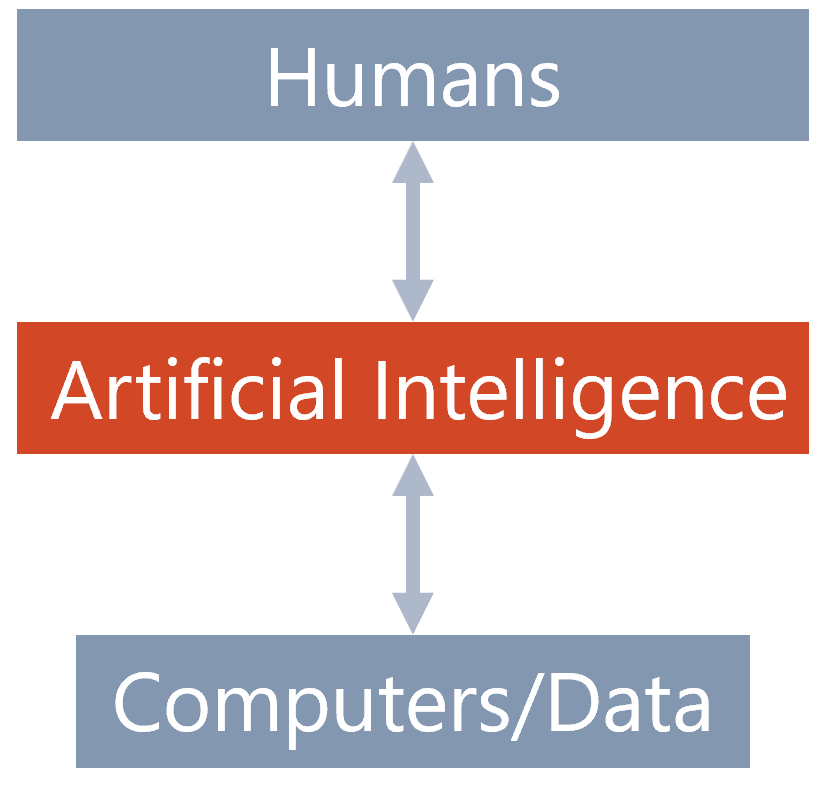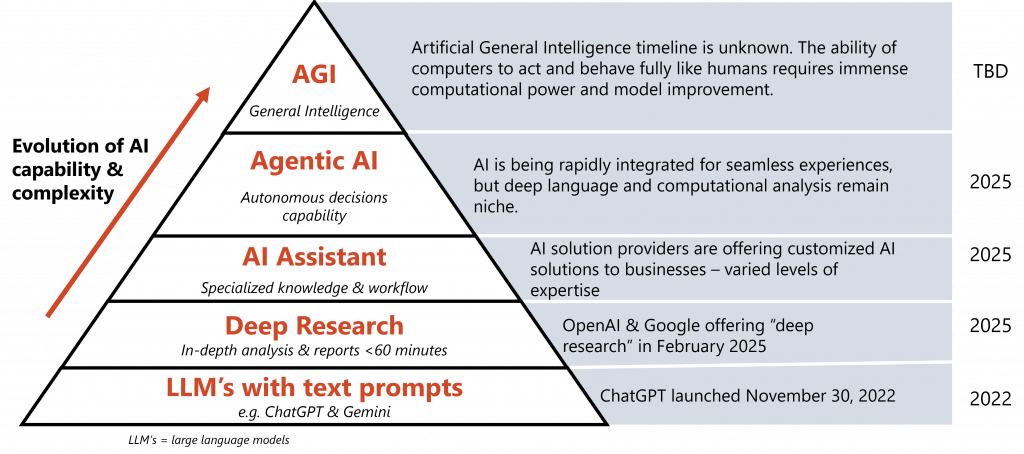Leading in the Age of AI: Humanity matters most
Reflecting on AI, Leadership, and Human Connection
It has been a while since I last wrote a blog post, as my focus has been on creating value for others rather than simply discussing leadership, innovation, or artificial intelligence (AI). This time away has given me space to reflect on the hype surrounding AI and delve deeper intto leadership. Here is what I have learned over the past several months.
AI as a Bridge Between Humans and Computers
People are inherently human, while AI remains fundamentally a computer system with a model that enables communication between humans and machines. The graphic below illustrates AI’s role as an interface between humans and computers. While technically AI is a subset of computers, and not a separate entity, bear with me for a moment.

Rethinking Human-Computer Interaction
Sam Altman, OpenAI’s CEO, is reportedly collaborating with former Apple designer Jony Ive on an AI-powered device—one that will not have a screen. I believe Sam is tapping into the human aspect of interaction. Today, our engagement with computers is anything but natural, relying on keyboards, mice, screens, speakers, microphones, and cameras. While we have built computers with sensory capabilities resembling humans, they are not human.
Are We Becoming Slaves to Computers?
Despite their immense computational power, computers do not behave like humans. People crave human connection and community—something computers do not. AI mindlessly processes information, relying on human adjustments to models and computational parameters. I find it amusing when people fear AI will take over the world. The reality is that someone must design, build, maintain, and power AI systems. AI was developed by humans to serve humans. Even if AI and robots could construct the world around us entirely, what would be the purpose?
The Human-Centric Future of AI
Humans remain central to AI’s existence and development. Below is a hierarchy I created to outline AI’s progression over the years. While many will debate the specifics of each level, one truth remains: computers are still computers, and humans are still human. AI can simulate empathy, but it will never truly be human—it cannot love, touch, or experience life as we do. Even Artificial General Intelligence (AGI) retains the label of “artificial.” Humans were designed for connection with one another, while computers were designed as tools for us. As leaders and innovators, we must not forget this.

